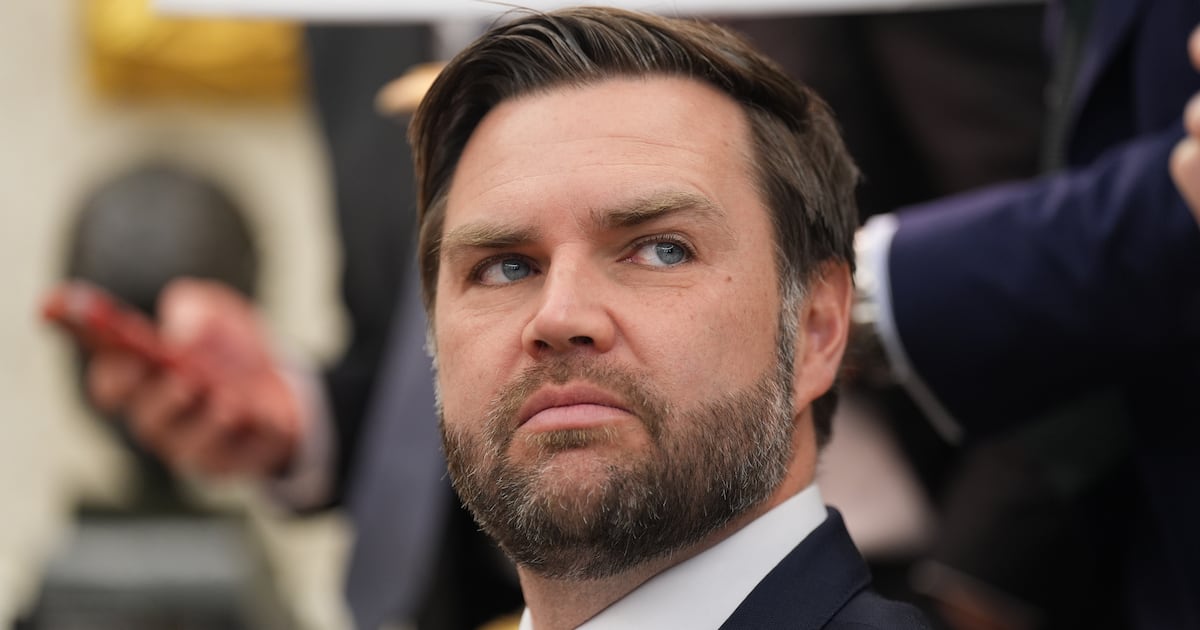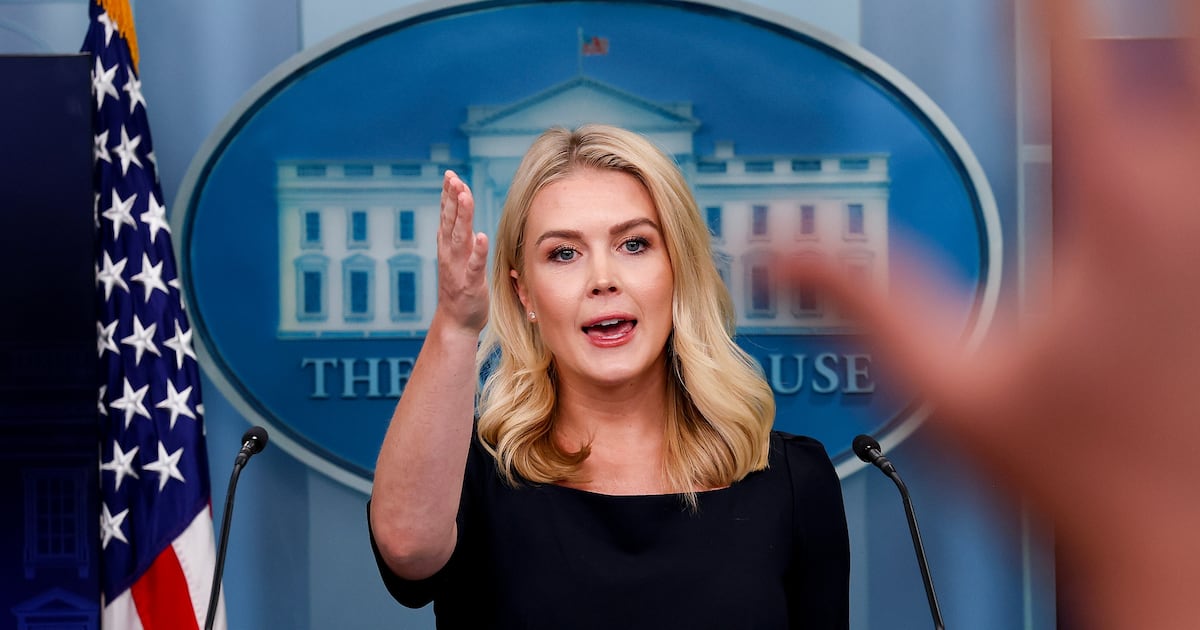Over the weekend H&M received justifiable backlash over an indefensible image. The picture, of a black child model wearing a green hooded sweatshirt emblazoned with the words “Coolest monkey in the jungle,” remained live on the retailer’s U.K. website until Monday. Feedback ranged from unadulterated condemnation to sheer confusion—how could a picture like this, essentially labeling a young child with an ethnic slur, possibly make it past multiple stages of approval to hit the World Wide Web? Who could have possibly thought that this was a good idea?
One Twitter user wrote, “I worked for them for years and they’re clueless sometimes. The head office in Sweden is very disconnected to issues of racism, cultural & social challenges. They seriously probably think this is cute.” Others hypothesized that the decision to put the black child model in this particular outfit was deliberate, and noted that white child models were used to model the other sweatshirt designs. Of course, whether deliberate or not, the fact that an objectively offensive image didn’t raise any red flags is cause for concern—and a clear sign that the Swedish retailer could use an injection of awareness (not to mention diversity).
H&M ultimately scrubbed the image from its website and issued the following statement: “We sincerely apologize for offending people with this image of a printed hooded top. The image has been removed from all online channels and the product will not be for sale in the United States. We believe in diversity and inclusion in all that we do and will be reviewing all our internal policies accordingly to avoid any future issues.”
Unfortunately for H&M, R&B star The Weeknd isn’t too optimistic about the company’s future racial sensitivity. Instead of waiting to see if H&M will one day screen its products and styling for racial slurs, the Canadian singer is cutting all ties with his previous collaborator. On Monday, The Weeknd AKA Abel Tesfaye tweeted a screenshot of the offensive image, writing, “Woke up this morning shocked and embarrassed by this photo. i’m deeply offended and will not be working with @hm anymore…” The “Starboy” singer has collaborated with H&M on two previous occasions. Last February, he contributed as a “guest stylist” for H&M’s Spring Icons campaign before performing at the H&M Studio show in March. He launched his second collaboration for the retailer, “The Weeknd Collection,” in September. While a few jackets and sweatshirts from the 18-piece collection are still available on the H&M website, fans will soon have to go elsewhere for The Weeknd X H&M’s signature “clean combo of menswear and sportswear.”
While The Weeknd may be better known in certain circles as Selena Gomez’s ex-boyfriend, he’s an outspoken and influential figure in his own right. In 2016 the singer took to social media to protest the police killings of Philando Castile and Alton Sterling, writing, “Enough is enough. It's time to stand up for this. We can either sit and watch, or do something about it. The time is now. #blacklivesmatter.” A month later, he pledged $250,000 to Black Lives Matter, just a few days after donating $50,000 to an effort to fund an Ethiopian Studies program at the University of Toronto.
In contrast to the R&B star’s positive legacy, H&M has a history of fucking up. While their latest gaffe is arguably the first misstep to land them in the Pepsi- and Dove-sponsored racist ad hall of fame, it’s hardly the first strike. In 2015, the retailer was criticized for featuring images of majority white models in its South African stores.
When a Twitter user pointed out, “Most, if not all your posters in store have no black models. Please work on that to appeal to everyone,” the H&M South Africa Twitter account replied, “H&M's marketing has a major impact and it is essential for us to convey a positive image…We want our marketing to show our fashion in an inspiring way, to convey a positive feeling.” Unsurprisingly, H&M later had to apology for its insensitive statement, insisting, “By a positive image we mean that we use a mix of models with different ethnic backgrounds in our campaigns.”






